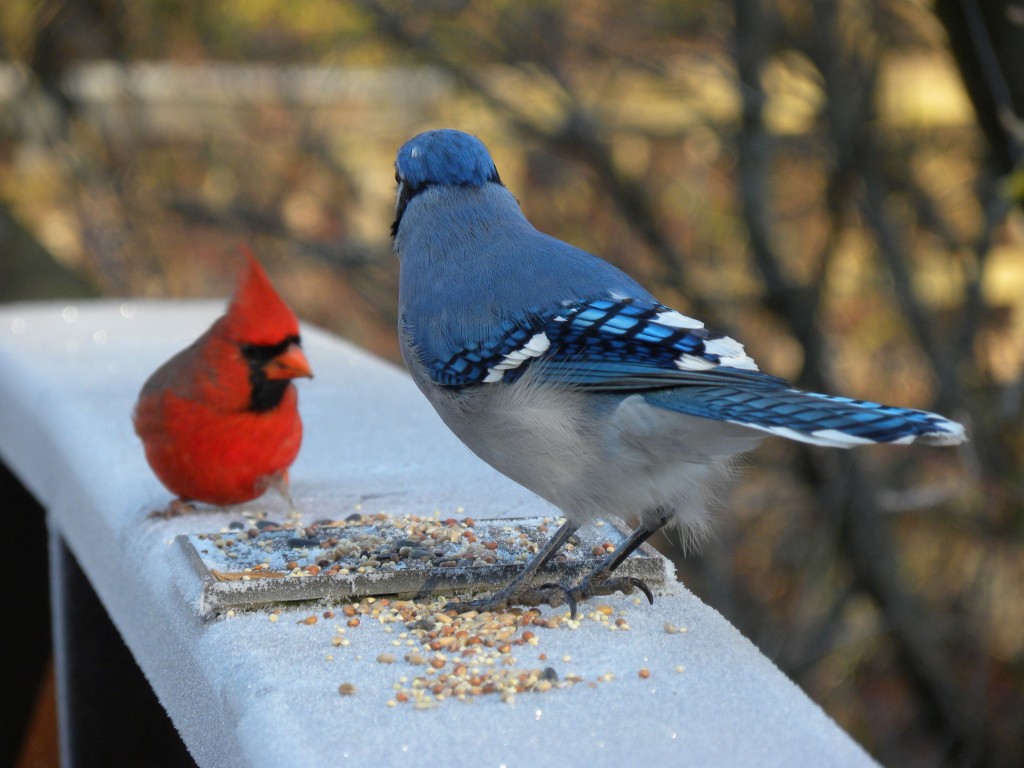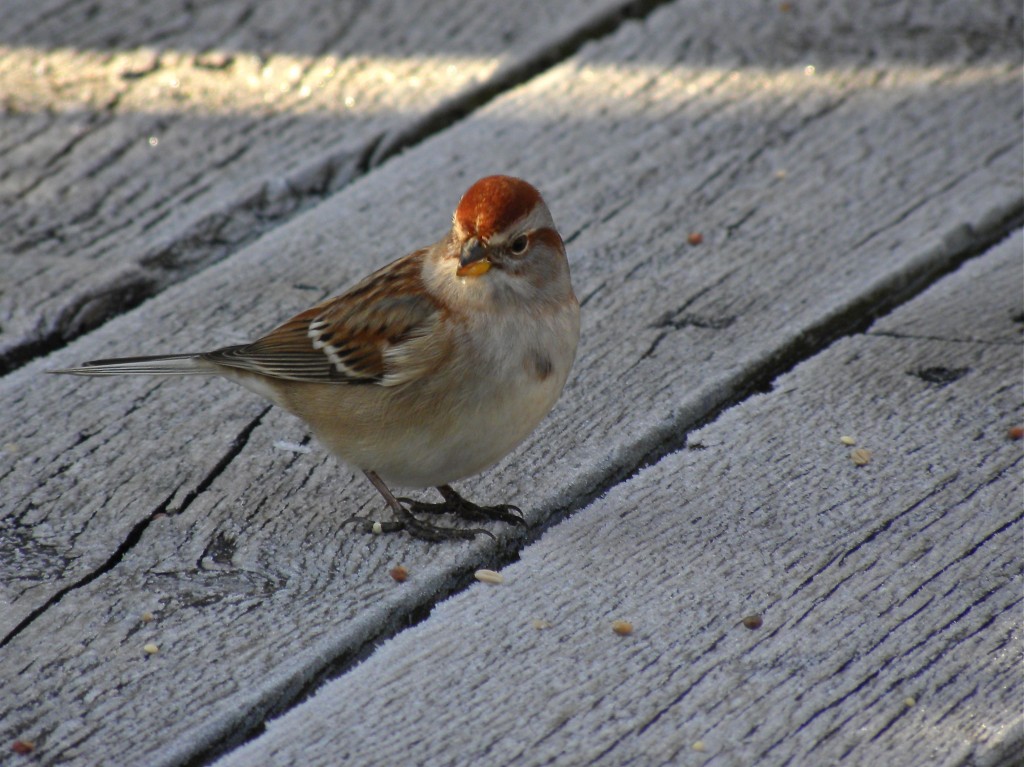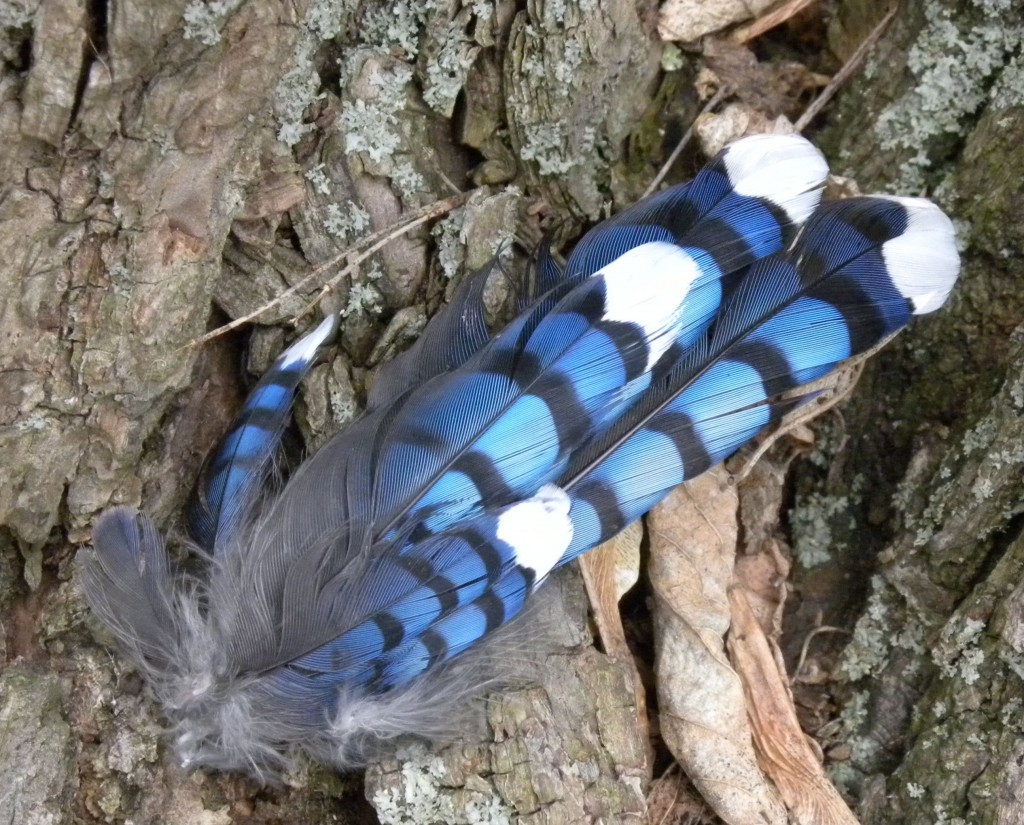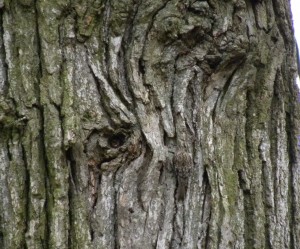November 1 2012. Burlington ON. Oh wow! Golden Eagle! … and I am generally not very demonstrative; I use outrageous and extreme superlatives sparingly; you may have noticed.
My morning was taken up with some early domestic errands followed by some voluntary archiving work at the botanical gardens; indoor work. I headed home shortly after one-o-clock, but had hardly gone a hundred yards when I caught sight of a fast flying mystery bird. I thought that maybe it was a Goshawk, so I tried following it, but without success. Well, that put me in a birding frame of mind, so setting aside the prospect of lunch, I went to a nearby cemetery which, because of its heavily wooded edges and location beside the west end of Lake Ontario, can be very bird-productive. It was there that I found another birder looking for some avian excitement.
We were still reverberating from the pummeling of Tropical Storm Sandy, so the day’s skies were heavy, ragged and disconsolate, strong buffeting winds were out of the north and west; just the sort of weather that gives late fall-migrants an added push.
To cut what could be a rather long and needlessly breathless story short, we soon realized that there was a major hawk migration passing over our heads. It all started with a high-speed Merlin seen in a swooping turn and passing quickly out of sight. A steady stream of Red–tailed Hawks appeared over the treetops and Turkey Vultures soared and side-slipped in the winds. Accipiters, a Goshawk and two Coopers Hawks, skimmed the treetops; they seemed to be eyeing the flocks of Cedar Waxwings. A young Bald Eagle sailed effortlessly through followed five minutes later by an adult. And then the Golden Eagle, the first inkling of something exciting came when I caught sight of an accipiter harassing something large, but quite a long way off and only intermittently visible behind the rim of trees. I stayed focused on the general area and then moments later the eagle appeared above the trees, heading straight for us, large and very dark. At first it looked like an oversized and tidied-up Turkey Vulture with a steady even-keeled flight. Tom called it first: “Golden Eagle!” and then it all came together for me, even the neck feathers briefly showed a glaze of gold. We enjoyed some good, though not leisurely, looks at it until it vanished into the valley behind us, and then everything seemed to go kind of quiet; or maybe I’m overdramatizing it.
I’m not a one to keep life lists, year lists or any kind of list, so I don’t celebrate milestones called lifers. But I know I have never seen a ‘wild’ Golden Eagle before, it made my spine tingle, this is THE bird in my world. Bird of the Day; probably Bird of the Year – but let’s not get too demonstrative.



